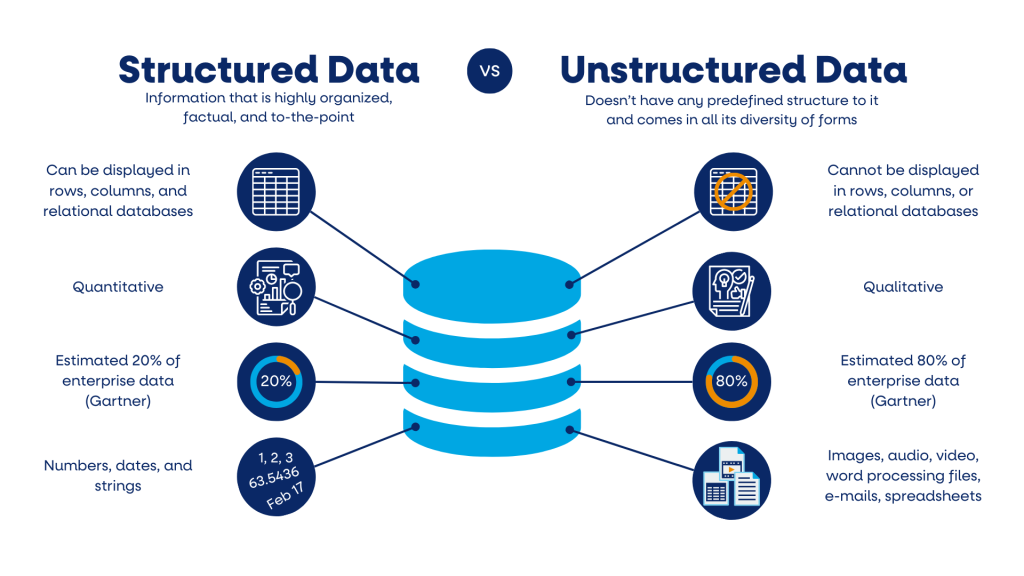Well-informed, decision making data has emerged as an essential foundation. Driven by a passion for connecting the influential force of data to advance strategic initiatives, we are excited to embark on an exploration of the transformative possibilities inherent in the annual analysis of both structured and unstructured data. Within this blog, we will intricately explore the process of extracting valuable insights from raw data, skillfully formatting it, and ultimately delivering outputs that can serve as the impetus behind strategic decisions.

The Data Revolution
Data is ubiquitous, but its real value lies in the ability to extract meaningful information from it. In the digital era, businesses generate vast amounts of structured and unstructured data. Structured data, such as databases and spreadsheets, is organized and easily searchable. On the other hand, unstructured data, including text documents and social media posts, lacks a predefined data model.
Annualizing Data: Unveiling the Process
Annualizing data involves converting raw information into a format that represents an annual timeframe. This process is crucial for businesses aiming to gain a comprehensive understanding of trends, patterns, and performance over time. Let’s break down the key steps in annualizing data:
1. Data Collection and Aggregation
The first step is to collect relevant data from various sources, both structured and unstructured. This may include financial records, customer feedback, social media mentions, and more. Aggregating this data provides a holistic view of the organization’s activities.
2. Standardization and Formatting
Standardizing data formats is essential for consistency and comparability. This step involves converting diverse data types into a common format. Whether it’s dates, currencies, or measurements, standardization ensures accurate and meaningful analysis.
3. Time-Series Analysis
Data often involves analyzing trends over time. Time-series analysis helps identify recurring patterns, seasonality, and long-term trends. This is particularly valuable for businesses seeking insights into annual cycles and changes.
4. Calculating Metrics
Once the data is formatted and analyzed, the next step is to calculate annual metrics. This could include revenue, customer acquisition rates, or employee productivity. These metrics provide a clear picture of performance on a yearly basis.
5. Visualization and Reporting
Presenting data in a visually appealing manner is crucial for effective communication. Utilizing data visualization tools helps stakeholders easily interpret complex information. Dashboards and reports can provide a comprehensive overview of data.
Strategic Decision Making With Data
The true power of data lies in its ability to inform strategic decisions. By having a comprehensive view of annual trends and performance metrics, businesses can:
- Identify Growth Opportunities: Data allows organizations to spot areas of growth and capitalize on emerging trends.
- Mitigate Risks: By understanding historical patterns, businesses can proactively identify and mitigate potential risks.
- Optimize Resource Allocation: Data aids in resource allocation, ensuring that investments align with long-term strategic goals.
- Enhance Operational Efficiency: Insights from data can drive process improvements and operational efficiencies.
The prospect of leveraging both structured and unstructured data for strategic decision making is exciting. Transforming unprocessed data into practical insights stands as an advantage in any organization. Embracing the transformative potential of data, they equip themselves to confidently navigate the intricacies of the market, demonstrating the agility


